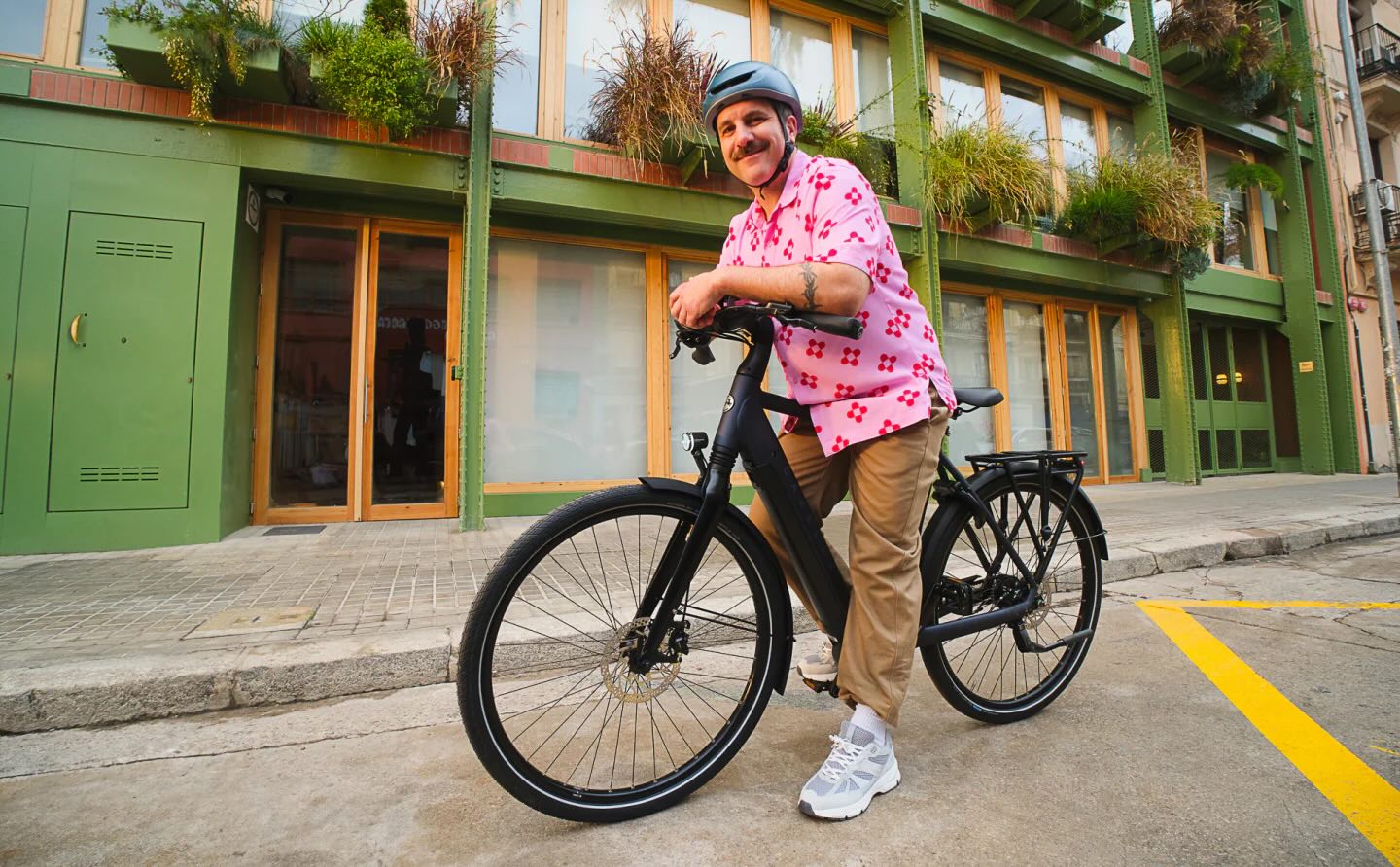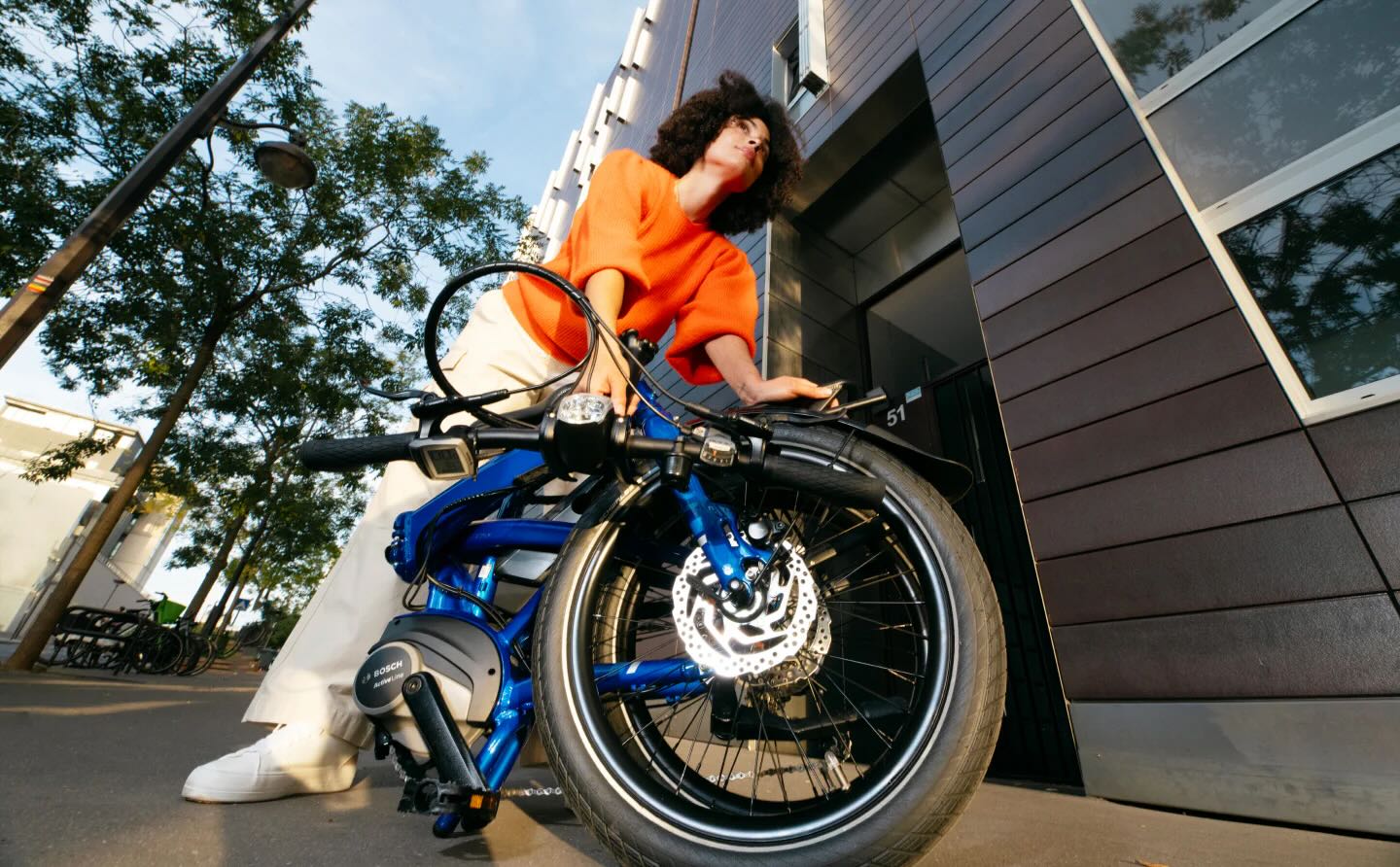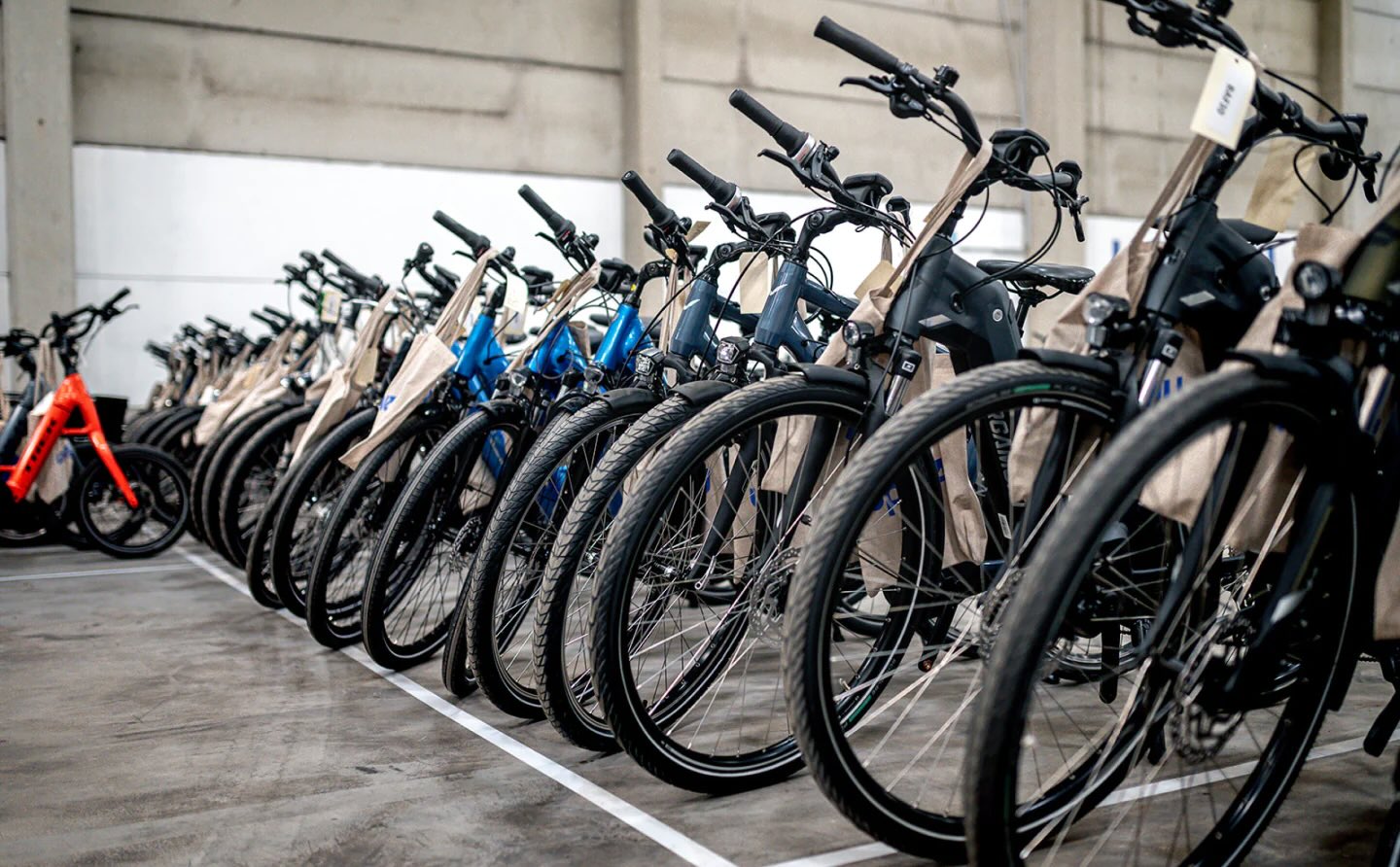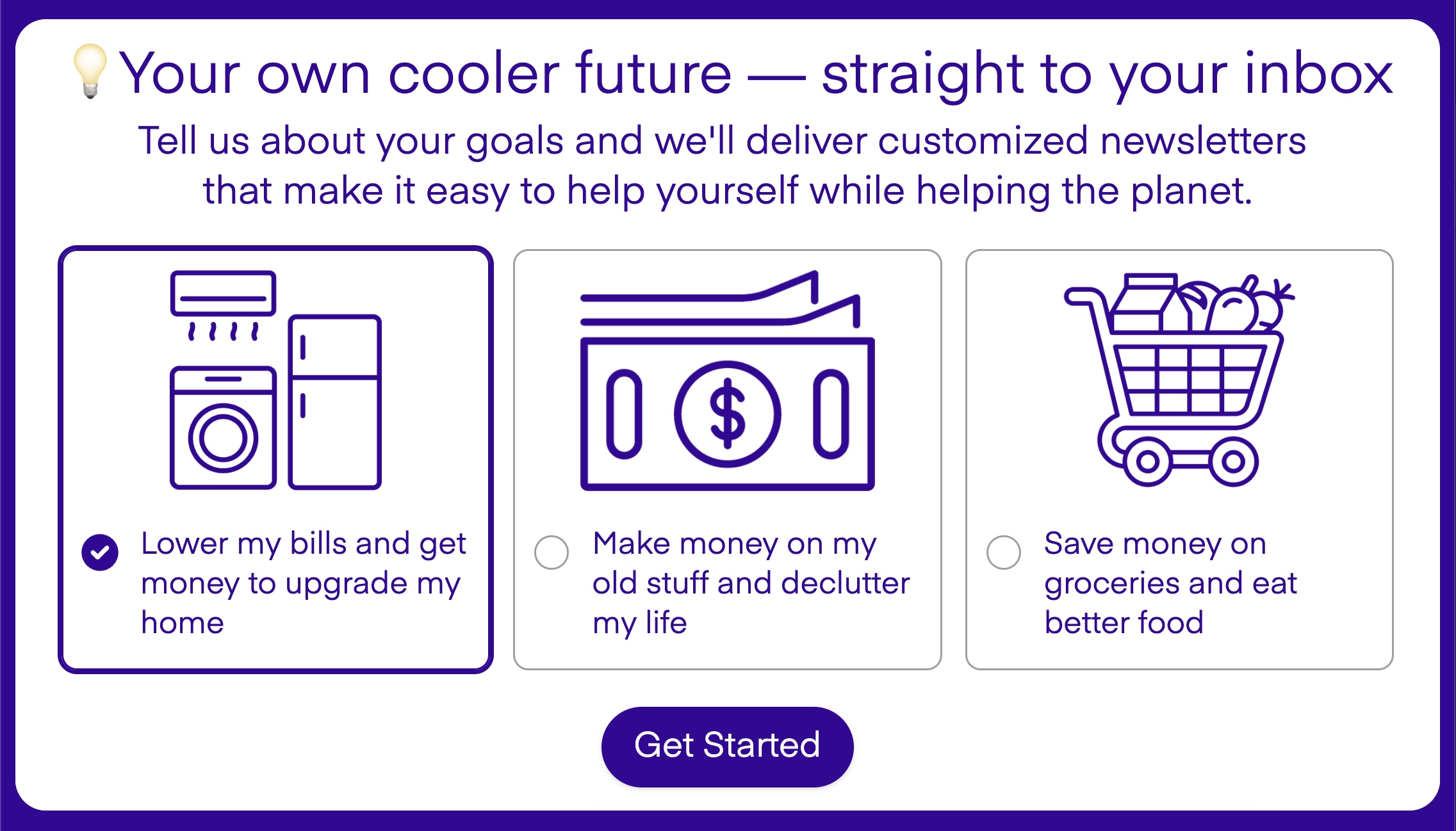In a discovery that could transform everything from sidewalks to skyscrapers, MIT researchers have developed a smarter way to make concrete — and it starts with AI.
Concrete is the most widely used material on Earth after water, but it comes with a massive environmental cost. Cement, its main ingredient, is responsible for about 8% of the world's harmful carbon pollution, according to the World Economic Forum. Finding a way to reduce cement use could help reduce pollution and construction costs, without sacrificing strength or durability.
Researchers at the MIT Concrete Sustainability Hub believe they've found a solution, and it could change how we build cities forever.
The team, led by MIT postdoctoral associate Soroush Mahjoubi, created an AI-powered tool that scans scientific literature and over 1 million rock samples to identify materials that can partially replace cement in concrete.
"There is so much data out there on potential materials," Mahjoubi said. "Sorting through them would have taken many lifetimes of work."
Thanks to artificial intelligence, that's no longer the case.
The system sorts materials based on their physical and chemical properties, narrowing them down by how well they hold concrete together when mixed with water (hydraulic reactivity) and how they strengthen it over time (pozzolanicity).
So far, it has identified 19 different types of promising materials, ranging from industrial byproducts, such as mine tailings, to ceramics, including bricks and pottery. Some of these can be used with minimal processing, meaning they're not only more eco-friendly but also potentially cheaper than cement.
"That's something we've observed in ancient Roman concrete, where ceramics were added to help waterproof structures," Mahjoubi noted.
Giving materials a second life like this is part of what's known as the circular economy, and it could have a big payoff. Instead of sending construction waste to landfills, we could reuse it in the buildings we live and work in.
|
Should governments be investing money into new, futuristic cities? Click your choice to see results and speak your mind. |
While it's worth noting that AI has been criticized for its mass energy use, similar efforts are already using AI to improve energy grids and prepare for extreme weather.
In Europe, for example, generative AI is helping utilities make solar and wind power easier to connect. In the Maldives, Microsoft's AI for Good Lab is helping agencies predict which coastal communities are most at risk from rising seas.
This latest tool could be just as impactful.
"Concrete is the backbone of the built environment," said Randolph Kirchain, a co-author and director at the Concrete Sustainability Hub. "By applying data science and AI tools to material design, we hope to support industry efforts to build more sustainably, without compromising on strength, safety, or durability."
The team is refining its AI model to test the best new material combinations in the lab. If all goes well, these cleaner mixes could soon be used in sidewalks, bridges, and buildings around the world.
Join our free newsletter for weekly updates on the latest innovations improving our lives and shaping our future, and don't miss this cool list of easy ways to help yourself while helping the planet.














